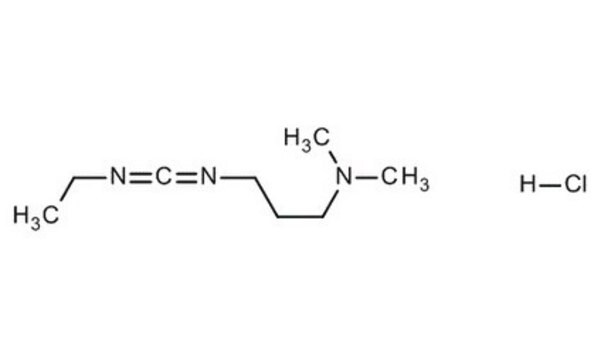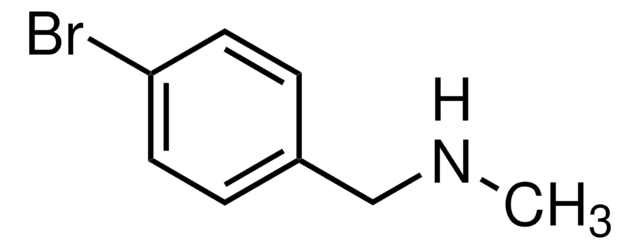N21804
3-Nitrophenylhydrazin -hydrochlorid
98%
Synonym(e):
(3-Nitrophenyl)hydrazine hydrochloride, 1-(3-Nitrophenyl)hydrazine hydrochloride, 3-Nitrophenylhydrazine monohydrochloride, m-Nitrophenylhydrazine hydrochloride
About This Item
Empfohlene Produkte
Assay
98%
Form
powder
mp (Schmelzpunkt)
210 °C (dec.) (lit.)
SMILES String
Cl.NNc1cccc(c1)[N+]([O-])=O
InChI
1S/C6H7N3O2.ClH/c7-8-5-2-1-3-6(4-5)9(10)11;/h1-4,8H,7H2;1H
InChIKey
BKOYKMLGFFASBG-UHFFFAOYSA-N
Allgemeine Beschreibung
Anwendung
<li><strong>Derivatization agent in analytical chemistry:</strong> 3-Nitrophenylhydrazine hydrochloride is employed as a derivatization agent for the determination of gamma-Hydroxybutyric acid in biological samples infected with Herpes Simplex Virus-Type 1, utilizing LC-MRM-MS techniques, providing enhanced detection capabilities in forensic and clinical toxicology (Osinaga et al., 2022).</li>
<li><strong>Residual analysis in pharmaceutical formulations:</strong> This compound is also used for the quantitative analysis of residual 4-nitrobenzaldehyde in chloramphenicol and its pharmaceutical formulations, employing HPLC with UV/Vis detection after derivatization with 3-nitrophenylhydrazine, offering a reliable method for ensuring the purity and safety of pharmaceutical products (Luo et al., 2018).</li>
<li><strong>Forensic application in decomposition analysis:</strong> Used to derivatized the blood samples collected at the time of forensic autopsy (Matoba et al., 2022).</li>
</ul>
Signalwort
Warning
Gefahreneinstufungen
Acute Tox. 4 Dermal - Acute Tox. 4 Inhalation - Acute Tox. 4 Oral - Eye Irrit. 2 - Skin Irrit. 2 - STOT SE 3
Zielorgane
Respiratory system
Lagerklassenschlüssel
11 - Combustible Solids
WGK
WGK 3
Flammpunkt (°F)
Not applicable
Flammpunkt (°C)
Not applicable
Persönliche Schutzausrüstung
dust mask type N95 (US), Eyeshields, Gloves
Analysenzertifikate (COA)
Suchen Sie nach Analysenzertifikate (COA), indem Sie die Lot-/Chargennummer des Produkts eingeben. Lot- und Chargennummern sind auf dem Produktetikett hinter den Wörtern ‘Lot’ oder ‘Batch’ (Lot oder Charge) zu finden.
Besitzen Sie dieses Produkt bereits?
In der Dokumentenbibliothek finden Sie die Dokumentation zu den Produkten, die Sie kürzlich erworben haben.
Kunden haben sich ebenfalls angesehen
Unser Team von Wissenschaftlern verfügt über Erfahrung in allen Forschungsbereichen einschließlich Life Science, Materialwissenschaften, chemischer Synthese, Chromatographie, Analytik und vielen mehr..
Setzen Sie sich mit dem technischen Dienst in Verbindung.








